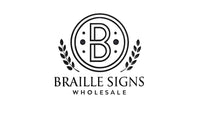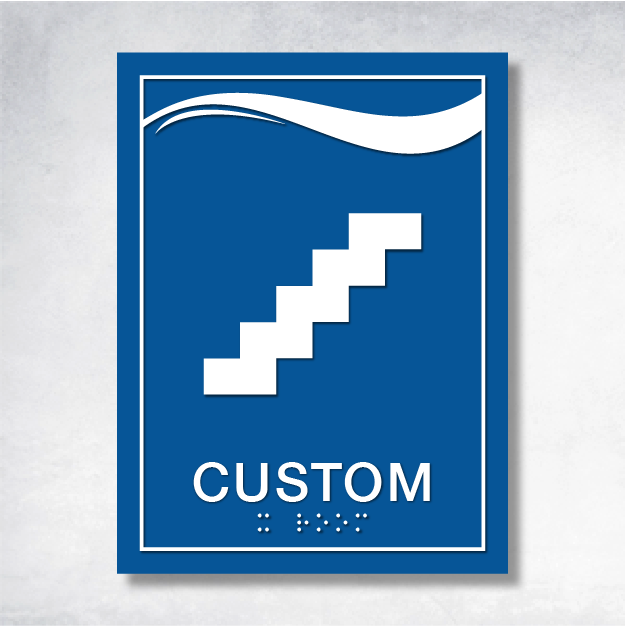Navigating the World of ADA Signage: A Guide to Inclusivity and Compliance
In the realm of public spaces, ADA signage is more than just a legal requirement—it's a beacon of accessibility and inclusivity. These signs are essential for ensuring that individuals with disabilities can move through public spaces with ease and independence. This guide delves into the significance of ADA signs, their regulations, and the various types available, offering a wealth of knowledge for businesses and facility managers eager to create welcoming environments.
The Heart of Accessibility: Why ADA Signs Matter
ADA signs, short for Americans with Disabilities Act signs, are pivotal in crafting spaces that are both accessible and inclusive. They ensure that everyone, regardless of ability, can access facilities and services without barriers. Beyond mere compliance, ADA signage is a testament to a business's commitment to inclusivity and respect for all, especially those with visual impairments. By prioritizing ADA signs, businesses not only adhere to regulations but also champion a culture of accessibility and equality.
Decoding ADA Signage Requirements
- Non-Glare and High Contrast: ADA signs must feature a non-glare finish and a high contrast between text and background, enhancing visibility and readability.
- Tactile Features: Raised characters and Grade 2 Braille are essential for aiding individuals with visual impairments.
- Universal Pictograms: Accompanied by text and Braille, pictograms convey information universally.
- Diverse Materials: From acrylic to metal, wood, and PVC, ADA signs can be crafted from various materials, balancing durability with aesthetic appeal.
These elements guarantee that ADA signs effectively communicate crucial information to all users.
Exploring the Varieties of ADA Signs
- Identification Signs: These label rooms or spaces, aiding in location identification.
- Informational Signs: They offer vital details about the facility, such as operating hours or accessibility features.
- Directional Signs: These guide visitors, simplifying navigation and reducing stress.
- Safety Signs: Critical for emergencies, they identify exits, stairwells, and potential hazards.
For optimal accessibility, ADA signs should be mounted between 48 and 60 inches from the floor.
Pro Tips for Mastering ADA Signage
- Regular Audits: Periodically review your signage to ensure it aligns with current ADA regulations and swiftly address any issues.
- Embrace Technology: Integrate technology like QR codes to offer additional information or audio descriptions.
- Seek Professional Guidance: Collaborate with signage experts specializing in ADA compliance to ensure your signs meet all standards.
A Commitment to Accessibility: Your Next Steps
ADA signs are indispensable in crafting environments that honor the needs of all individuals. By understanding and implementing ADA signage requirements, businesses can not only ensure compliance but also promote inclusivity. For those eager to elevate their facility's accessibility, consider consulting with experts or exploring resources like BrailleSignWholesale for custom ADA office signs. Take the step today to enhance accessibility and inclusivity, ensuring everyone can navigate your spaces safely and independently.









